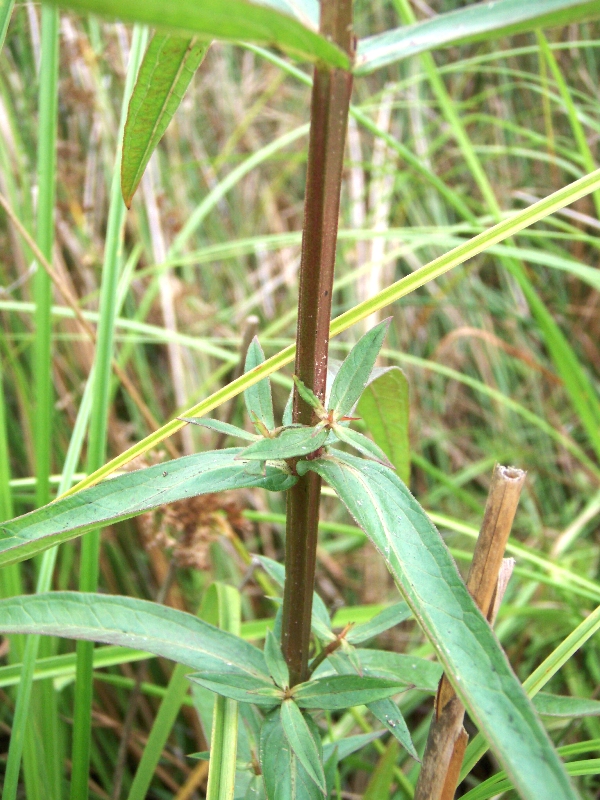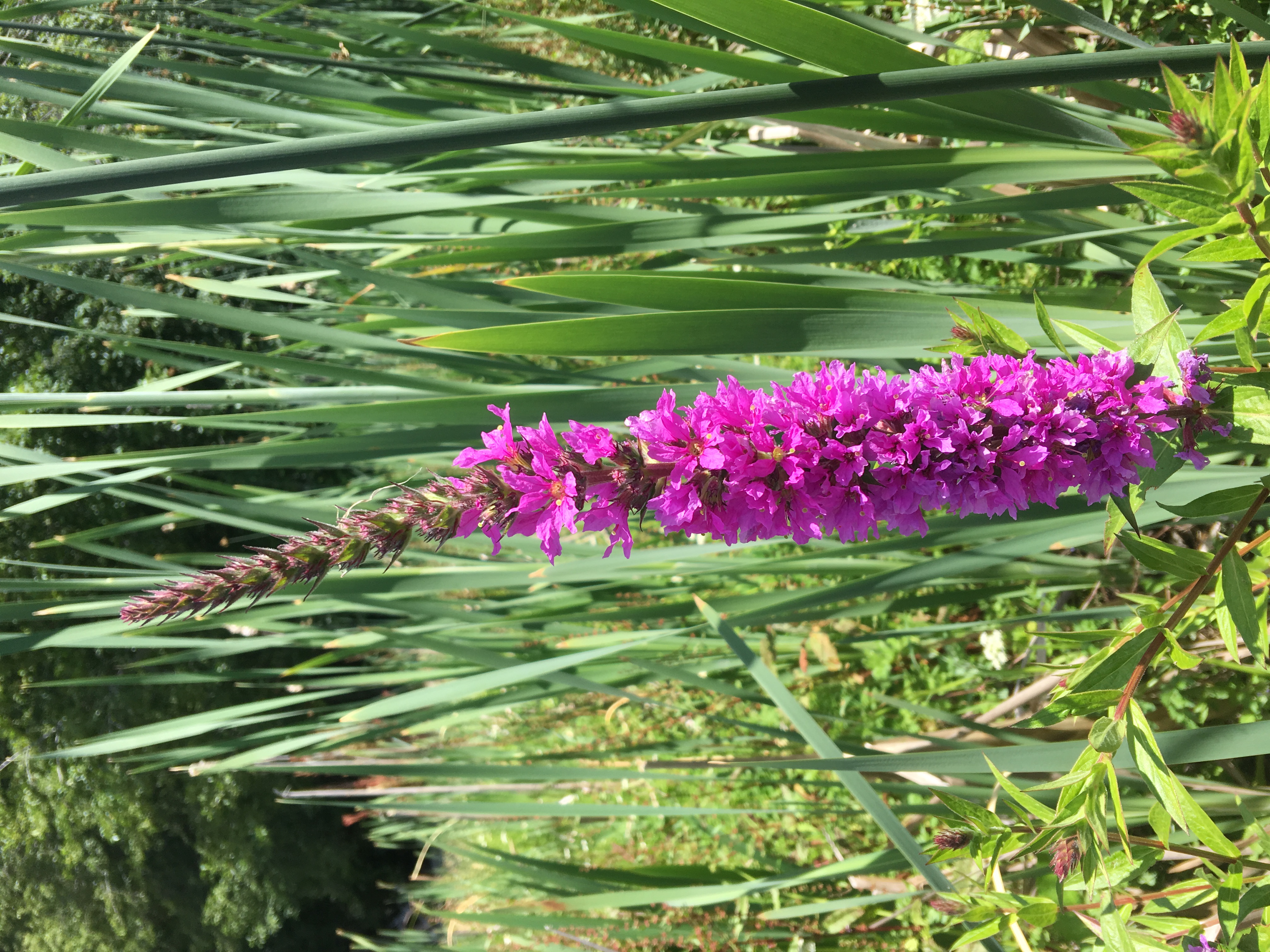Purple loosestrife identification and control
Information about the noxious weed purple loosestrife. Purple loosestrife is also known by its Latin name, Lythrum salicaria.
About this weed
Purple loosestrife is a regulated Class B noxious weed. This means control is required in King County under the state noxious weed law. Purple loosestrife is also on the Washington quarantine list.
Purple loosestrife is known as Lythrum salicaria and it is in the loosestrife family. Other common names for this plant are spiked loosestrife, purple lythrum, and flowering sally.

Why it's a problem
Purple loosestrife is an aggressive competitor in wet areas. It can crowd out other vegetation including native species. It grows quickly and produces a huge number of seeds. This allows it to dominate a site that has been disturbed or cleared of vegetation.
Purple loosestrife stands provide poor cover for waterfowl. It can fill in open water pockets in wetlands needed by wildlife.
Dense populations can also increase flooding. They clog irrigation ditches, accumulate soil, and raise water levels.
Plant description
Purple loosestrife is a 6 to 10 feet tall perennial that grows primarily on lakes and waterways.
Tall, showy, magenta or light purple flower spikes appear from July to September. Flowers are small and numerous with 5 to 7 petals. Flowers spikes are tightly packed and narrow. In winter, dead, brown flower stalks remain.
Without flowers, purple loosestrife is best identified by its stiff, reddish-brown, square (or six-sided) stems.
Leaves are simple, smooth-edged, and narrow. They grow opposite or whorled (more than two leaves at one spot on the stem).
Spreads mainly by seed, but also by stem and root fragmentation. Each plant can produce an estimated 2 to 3 million pepper-sized seeds per year. Seeds survive up to 2 years.









Be aware of look-alike plants
Purple loosestrife is often confused with:
Douglas’ spiraea Hairy willowherb Fireweed
When in doubt, take photos and share them with us or report them on iNaturalist.
What to do if you find it
Please notify us if you see purple loosestrife growing in King County. Property owners are legally required to control this plant. Our program staff can provide you with site-specific advice on how best to remove it. We map all known locations of regulated noxious weeds such as purple loosestrife to help locate new infestations in time to control them.
In some areas of King County, you may notice insects known as biological control agents on purple loosestrife. We can let you know where biological control agents have been released in King County.
Control methods
We recommend using a combination of methods to control noxious weeds. In areas with few weeds, it is important to act quickly before they become harder to control. Make a long-term plan as it often takes several years to get rid of most weeds. Start in the least infested areas first and then move into more heavily infested areas.
For more in-depth control information, read Best Management Practices (BMP) for purple loosestrife (404KB)
Manual control
Small infestations can be dug up and thrown in the trash. If not digging out the plant, you can cut flowering stems at the base to prevent seed production.
Mechanical control
Cutting or mowing alone is not an effective control. Tarping infestations may reduce seed spread but does not kill mature plants.
Chemical control
Stay safe when using herbicide:
- Always read the label before use.
- Wear a long-sleeved shirt, long pants, shoes, and eye protection.
- Follow state and local regulations.
For larger patches, you may need to use an herbicide to be effective. This will likely require a permit issued by the state Department of Ecology if the site is wet or along the water’s edge.
Feel free to contact us for permitting information or information on hiring a licensed aquatic weed contractor.
Biological control
Deer, and some livestock will graze on purple loosestrife, mostly eating the flowers and newer leaves. This can help prevent seeding but will not kill the plants.
There are a few approved biological control insects used in Washington. These insects only feed on purple loosestrife. They include two species of Galerucella beetles, Hylobius transversovittatus root mining weevils, and Nanophyes marmoratus seed weevils.
You can tell when biocontrol insects have been feeding by looking at their leaves. First you will notice small holes in the leaves, then the leaves begin to look burnt and brown as the insects feed more. For more information about these biocontrol agents, please visit Biocontrol Factsheets - NAISMA.
It’s important to note that biological controls are just a part of the solution, biocontrol alone will not completely eradicate an infestation.
Disposal instructions
Put all purple loosestrife plant parts, including flowers, seed heads, stems, leaves, and roots into sturdy garbage bags. Discard purple loosestrife in the trash or take it to a transfer station. Do not compost or place in yard waste. Plants may regenerate in compost.
Noxious Weed Disposal - Washington State Noxious Weed Control Board
Learn more about purple loosestrife
Read purple loosestrife fact sheet (340KB)
This fact sheet is also available in these languages:

 Translate
Translate